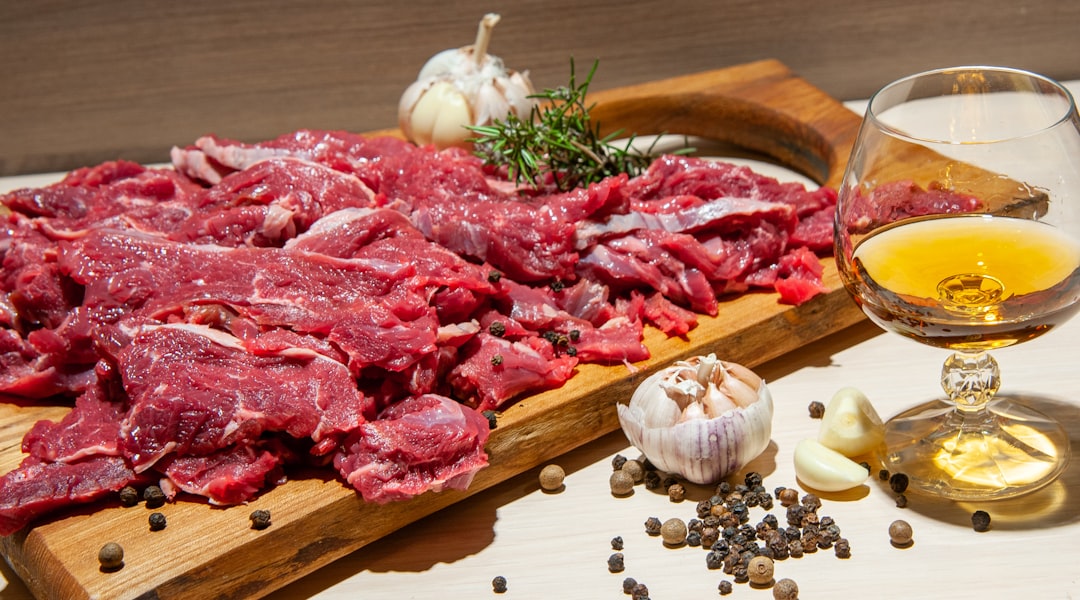The Mystery of Pink Lettuce: Unveiling the Truth

Have you ever cut a head of lettuce, only to find that it starts turning pink after a short while? This curious phenomenon has puzzled many home cooks and food enthusiasts alike. In this article, we'll delve into the reasons behind why lettuce turns pink after being cut, whether it's safe to eat, and how you can prevent it from happening.
First, let's understand what causes lettuce to turn pink. Certain leafy greens, including lettuce, contain polyphenols. When these polyphenols are exposed to light and moisture, a chemical reaction occurs, leading to the pink discoloration. In fact, this is a form of natural “armor” for the lettuce. It's the plant's way of protecting itself from spoilage. The pink color is a sign that the lettuce is undergoing a defensive mechanism to ward off potential threats and maintain its freshness for as long as possible.
Now, the big question: Is pink lettuce safe to eat? According to experts, in most cases, pink lettuce is indeed safe to consume. The discoloration is primarily a cosmetic issue and doesn't necessarily indicate that the lettuce has gone bad. However, it's important to use your senses to determine the lettuce's edibility. If the lettuce has a foul smell, slimy texture, or shows other signs of spoilage in addition to the pink color, it's best to discard it.
To prevent lettuce from turning pink after being cut, there are several steps you can take. One of the most effective methods is to store the cut lettuce properly. After cutting, place the lettuce in an airtight container and store it in the refrigerator. This helps to minimize its exposure to light and moisture, which are the main triggers for the pink discoloration. You can also add a paper towel to the container to absorb any excess moisture, further reducing the chances of the pink color developing.
Another tip is to cut the lettuce just before you're ready to use it. The longer the lettuce is exposed to the air after being cut, the more likely it is to turn pink. By cutting it at the last minute, you can enjoy fresh, crisp lettuce without the unwanted discoloration.
When it comes to cooking with lettuce, whether it's pink or not, there are numerous delicious recipes to try. Lettuce can be used in salads, sandwiches, wraps, and even cooked dishes. For a simple and refreshing salad, combine cut lettuce with your favorite vegetables, such as tomatoes, cucumbers, and carrots. Add a light dressing, like a vinaigrette, and you have a healthy and tasty meal.
If you're feeling more adventurous, you can try making a lettuce wrap. Fill large lettuce leaves with cooked meat, rice, and vegetables for a low - carb alternative to traditional wraps. The crispness of the lettuce adds a wonderful texture to the dish.
In conclusion, the pink discoloration of lettuce after being cut is a natural occurrence caused by the reaction of polyphenols to light and moisture. While it may look unappealing, pink lettuce is usually safe to eat. By following proper storage and cutting techniques, you can prevent this discoloration and enjoy fresh, vibrant lettuce in all your favorite recipes. So, the next time you encounter pink lettuce, don't be too quick to throw it away. Instead, use your judgment and get creative in the kitchen!